
1. What is meant by "Pixel Pitch" and how does it affect screen choice?
Pixel pitch refers to the distance between the center of two adjacent pixels on an LED screen, measured in millimeters. This distance is crucial for the screen's resolution, image quality, and viewing distance. Pixel pitch is indicated by "P" followed by a value, for example, P2.5 means that the distance between the pixels is 2.5 mm.
A lower pixel pitch results in a higher resolution because there are more pixels per square meter. This means sharper and more detailed images.
A higher pixel pitch provides a lower resolution and is more suitable for screens viewed from longer distances.
The smaller the pixel pitch, the closer viewers can stand while still getting a sharp display without the pixels being visible. For example, screens with a low pixel pitch are ideal for indoor use or situations where the audience is close to the screen, such as in conference rooms or retail stores. Screens with a larger pixel pitch are suitable for outdoor installations or situations where the audience views the screen from a greater distance, such as in stadiums or large billboards.
2.What are nits?
Nits are a unit of measurement used to describe the brightness of a screen, referring to how much light the screen emits per square meter. Brighter screens (with a higher nit value) can often display a wider range of contrasts and more vibrant colors, which can improve image quality, especially in challenging lighting conditions.
- The higher the nit value, the brighter the screen. This is important for the visibility of the screen, especially in environments with a lot of ambient light.
- Screens with a high nit value are more visible in bright light or direct sunlight, which is critical for outdoor screens.
Indoor screens: A screen with 300 to 700 nits is usually sufficient for indoor use, such as in offices or retail environments where lighting is controlled.
Outdoor screens: For outdoor use, where there is a lot of natural light, much higher nit values are required. Typically, outdoor LED screens need a minimum of 2000 to 5000+ nits to ensure visibility, even in direct sunlight.
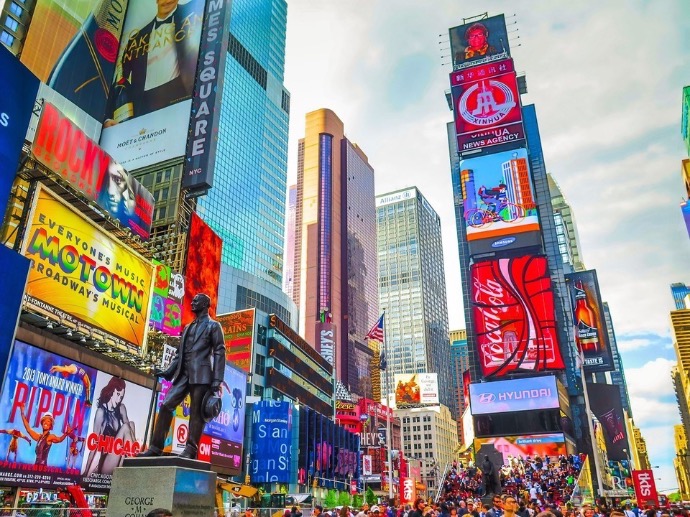
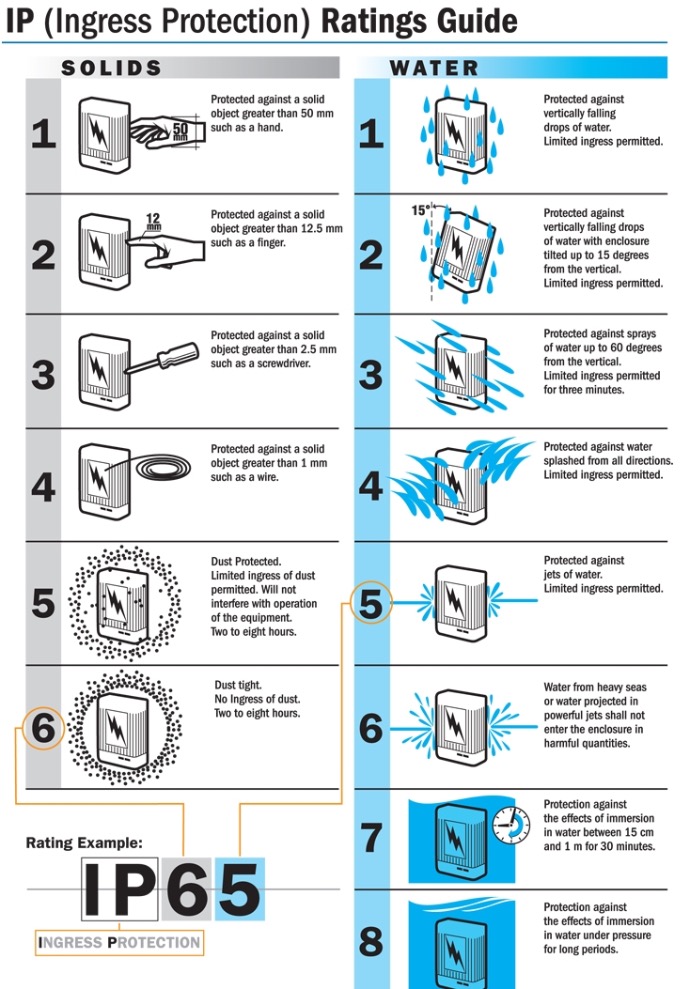
3.What is IP certification, and what level is recommended for Norwegian conditions?
IP certification (Ingress Protection) is an international standard that describes the degree of protection electrical equipment has against the intrusion of dust and water. For LED screens, IP certification is crucial to determine how well the screen withstands various environmental conditions, particularly for outdoor installations.
IP65 or higher is recommended for Nordic conditions:
- Dust Protection: The first number in IP65 indicates that the screen is fully protected against dust (the number 6), which is important to prevent dust, dirt, and other particles from entering the screen. This is particularly important in urban areas or locations with heavy traffic and construction dust.
- Water Protection: The second number (5) means the screen is protected against water jets from all directions. This is critical in Nordic countries, where heavy rain, snowmelt, and sometimes extreme weather with wind and precipitation are common.
- Cold and Weather Resistance: Screens with an IP65 rating or higher are often built to withstand large temperature fluctuations, typical in Nordic countries. Although IP certification does not directly indicate resistance to cold, screens with a high IP rating are often designed with materials that can tolerate low temperatures, which is important for winter conditions.
Extra protection for demanding outdoor environments: If the LED screen is to be installed in particularly challenging environments, such as coastal areas with saltwater spray or areas with high humidity, an IP67 screen might be a better choice. IP67 provides additional protection, including against temporary immersion in water, which can be useful in extreme situations with heavy rain or melting snow.
4.Which is better: SMD or COB?
As with many things, the best choice depends on what you plan to use the screen for.
When choosing an LED screen, it is important to consider which surface technology best suits your needs. Two of the most popular technologies are SMD (Surface-Mounted Device) and COB (Chip-on-Board), both of which offer unique advantages.
SMD screens provide high resolution, a wide viewing angle, and strong brightness, making them ideal for indoor applications such as conference rooms and retail stores. On the other hand, COB screens are extremely durable and weather-resistant, better suited for demanding outdoor environments such as billboards and stadiums. While SMD offers sharper image quality, COB provides better durability and protection against impacts and moisture.
The choice between these technologies should be based on where the screen will be installed and whether you need high resolution or maximum durability..
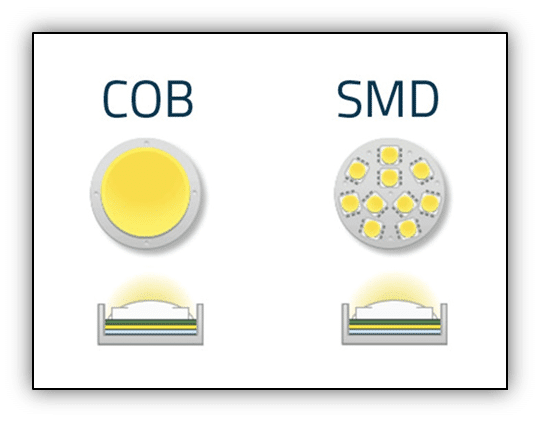
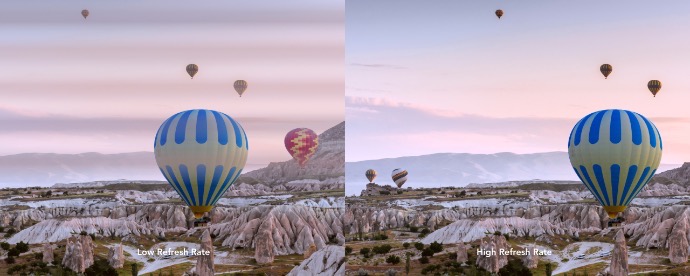
5. Do I need a high refresh rate?
- It depends on what you want to display! Refresh rate refers to how many times per second a screen updates the image. It is measured in hertz (Hz), where one hertz equals one update per second.
How refresh rate works:
- Lower refresh rate: A screen with a refresh rate of 30 Hz or 60 Hz updates the image 30 or 60 times per second, respectively. This is sufficient for still images or static content.
- Higher refresh rate: A refresh rate of 120 Hz or higher (e.g., 144 Hz, 240 Hz) makes motion on the screen appear smoother. This is especially important for activities involving fast movement, such as sports broadcasts, video games, or action films.
Why refresh rate is important:
- Smoother motion: A higher refresh rate provides smoother motion on the screen. This is particularly noticeable when scrolling through content quickly or when the content involves fast-moving objects.
- Reduced motion blur: Motion blur occurs when an object moves quickly across the screen and appears blurred or "stretched." A high refresh rate can reduce this effect, providing clearer movements.
If your project involves fast-moving content, like live sports, gaming, or action-heavy visuals, a higher refresh rate will significantly improve the viewing experience. For static images or simple presentations, a lower refresh rate is generally sufficient.
6. Are LED screens actually cost-saving?
Yes, in the long run, they are!
When investing in digital signage, it may be tempting to choose traditional LCD or plasma screens due to their lower upfront costs. However, over time, LED screens prove to be far more cost-effective.
LED screens consume less energy, which reduces operational costs, especially in large-scale installations like outdoor advertising or video walls. They also have a longer lifespan—often up to 100,000 hours—and require minimal maintenance, meaning replacements and repairs are less frequent. Additionally, LED screens are more robust, weather-resistant, and provide better brightness, ensuring good visibility even in bright sunlight without requiring extra energy.
Although LED screens may be more expensive initially, they save significant costs in the long term through lower electricity bills, fewer maintenance needs, and a longer lifespan. This makes them the most cost-effective choice for both indoor and outdoor use.
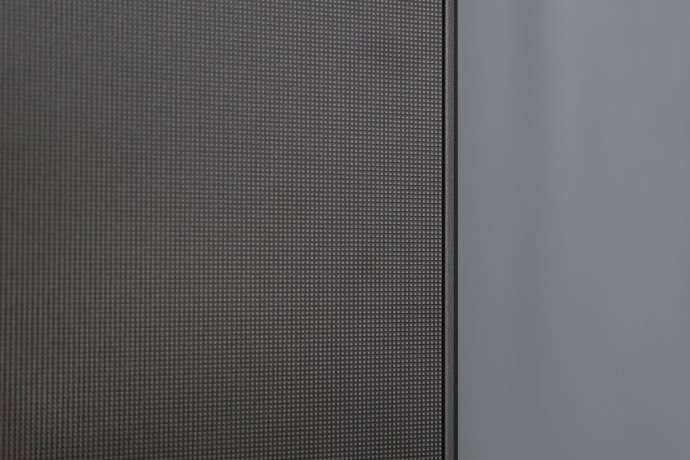
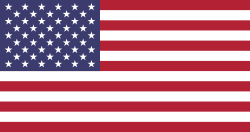
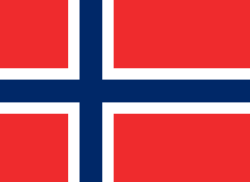
 Check out our LED screen products
Check out our LED screen products